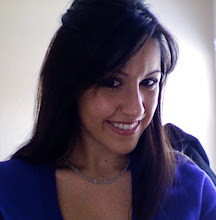The BBC article provides wonderful insight into Juliet's ups and downs of living with her hearing impairment. Her book "gives information on how hearing loss is caused, the things you can do to make life better for you or a close family member, and how to overcome the daily challenges of living with a hearing loss" among other topics including hearing aid technology and strategies for coping with deafness.
It will be insightful to learn about coping strategies and perspectives from an individual who has organized her experiences in the form of book. Although these topics are taught in my educational program, it is very different to learn from one's first person viewpoint.
Get your paperback copy at Amazon, available on May 1st.
via BBC





